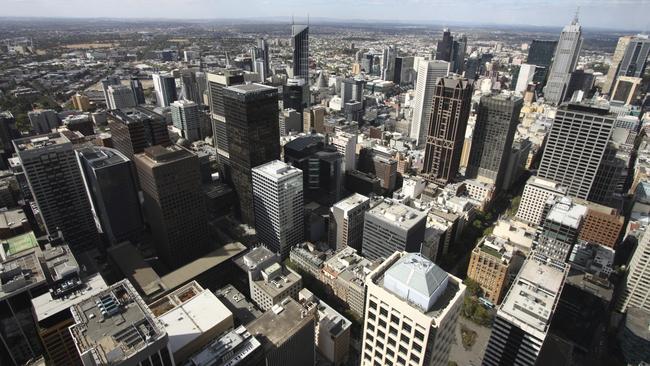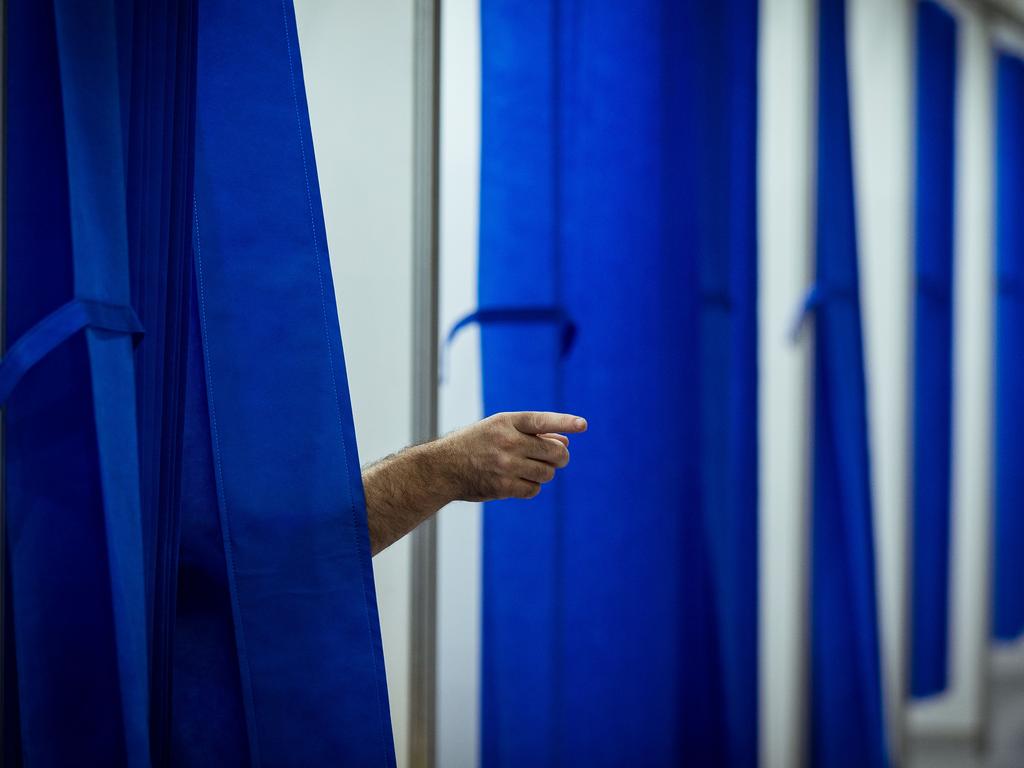Virus won’t stop Australia’s New York of the future

Could it be that all we have to do is be more like NSW, with a Liberal government, and a leader like the NSW Premier? If only life were that simple.
For a reality check, all anyone needs to do is examine key data comparisons between the states.
Victoria is the most densely populated state in Australia, by a long way. The population density is 23.54 people per square kilometre. In comparison, NSW is sparsely populated, with a density of only 8.64 people per square kilometre.
When it comes to our respective capitals, Melbourne’s population density is 453 people per square kilometre. Adelaide is the next most densely populated, with 404 people per square kilometre and Sydney comes third at 400. To put this in perspective with other cities, Brisbane’s density is 145 people per square kilometre.
When it comes to our inner city, Melbourne has by far the most densely populated CBD in the country.
At the last census only around 17,000 people live in the Sydney CBD. At last count of Melbourne city data, nearly 190,000 people lived in the CBD.
Many Melbourne CBD residents live in skyscrapers, defined as residential towers taller than 150m high.
The Skyscraper Centre, an international body, lists Melbourne as the skyscraper capital of Australia and Oceania, and the 22nd-tallest city in the world. Melbourne has 55 skyscrapers and 19 under construction.
In comparison, Sydney is well down the rankings, as the 38th-tallest city in the world, with only 37 skyscrapers, and 11 under construction.
In terms of geography, key differences between Sydney and Melbourne make a difference too. Melbourne is a flat city, laid out on a grid, with wide streets, and a vast public transport network with trams that are widely used.
Professor Mary-Louise McLaws, an epidemiologist from the University of NSW, explained this week what this means.
“In outbreak management, you have to look not just at the case numbers and the speed at which the cases are travelling, but also human behaviour and location … Location is really important because in Victoria people are highly connected. It’s a city that is easy to get around. You have to take that into account. People travel widely.
“Sydney is highly congested, the public transport is patchy. And people often don’t like moving outside their work or home zone.”
When an outbreak starts, and there is a need to lock down small areas within the city, instead of the whole city, Melbourne’s road network makes it impossible.
Authorities tried to lock down 36 suburbs in Melbourne last July but, with so many roads in and out, it couldn’t be done. While this is great for traffic flow and access, it is not so good for containing the movement of people.
In comparison, containment during the three-week lockdown of Sydney’s northern beaches was simple. The area has three bridges for access. These normally pose as frustrating traffic bottlenecks, but it made it much easier to isolate the residents over Christmas-New Year.
When it comes to locking down Greater Melbourne and protecting the regions, again, there is easy and close access to our regional areas.
So many people have second homes within an hour’s drive. Our beaches, goldrush towns, snowfields, mountain hideaways and wine regions are all so close to the CBD that people can shoot off quickly to their second home, and take the virus with them.
For example, the Hunter Valley, the premier wine region of NSW, is approximately 160km from Sydney, while Victoria’s Yarra Valley is approximately 50km from Melbourne.
When people are in Melbourne, their leisure activity is different than in Sydney. Both are wonderful cities, but Melbourne’s lack of great beaches, combined with the weather, means the Sydney lifestyle is more outdoorsy.
Melbourne is the cultural capital of Australia, with more sporting events, festivals, shows and entertainment happenings than any other city. Victorians go out to eat, drink and socialise – constantly. Most of this occurs inside.
To prove the point, liquor licensing authorities confirm that for every 143 Victorians, there is a venue with a liquor licence. NSW has a venue with a liquor licence for every 287 people.
So, a high-density population, going out and moving around a lot more, spending more time indoors and coming into a lot more contact – virus heaven.
ABS statistics show that in the 2019-20 financial year, Melbourne had the largest population growth of any other city. We added just over 80,000 people.
After Covid hit, there was a move to the regions. In the 2020 calendar year, 233,100 people moved to regional areas and 190,200 people departed for the capitals. Regional Queensland had the biggest net inflow (17,000 people) and regional Victoria (13,400) and NSW (12,700) had the next-largest net gains.
Of all the capital cities, Greater Sydney had the largest net loss (-31,600 people) from internal migration in 2020.
At the moment, public anxiety is high. The data, though, should give every Victorian reason to be proud. Governments come and governments go, but Melbourne is Australia’s New York in the making. No virus is going to stop that.
The weaknesses we have right now are, in the long run, actually our greatest strengths.





Why Victoria? What is it about this state that we seem to have additional vulnerability when it comes to the pandemic?